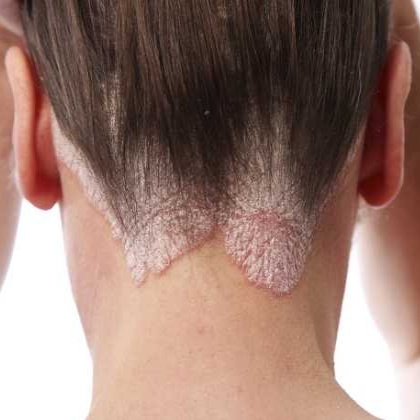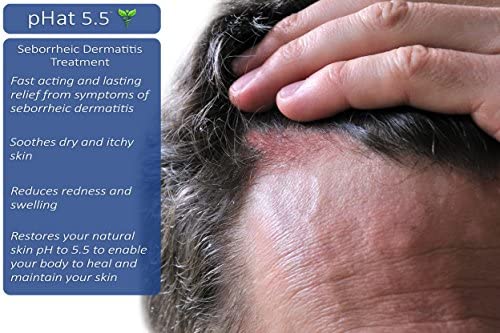
The first step in curing seborrheic dermatitis is to determine the cause. It’s believed that the causes differ in adults and babies. Sometimes, the condition can be hereditary, so you can inherit it from your parents. Often, it develops before puberty. The cause is unclear, but it may be caused by a fungus called malassezia, which is found on the skin in small numbers but can trigger seborrheic dermatitis. If you think that you have it, a dermatologist can prescribe you a topical medication, which can be used for children and adults.
In addition to a prescription medication, you can also try a number of alternative treatments, such as a zinc-containing moisturizer and zinc-based facial cleanser. You can also incorporate healthy lifestyle habits into your daily routine, which can help your condition. The goal of treatment is to remove the scales and relieve the itchiness. It may also help to control inflammation and reduce itchiness.
Medications can help to reduce the symptoms of seborrheic dermatitis. Many dermatologists prescribe medications for the condition, but there is no conclusive evidence that they work. A topical treatment may be effective, or you can try an at-home remedy. A good idea is to see a dermatologist to determine which treatment will work best for your condition. In the case of acne, an over-the-counter product is usually a good choice. A doctor can give you a custom-made treatment plan, and recommend an appropriate medication to address the symptoms.
Some people may be able to manage their condition with alternative therapies. These methods may help reduce the frequency and severity of seborrheic dermatitis flare-ups. However, studies do not support the use of these treatments in the treatment of the disease. If you are unsure about which medicine is best for you, your primary care physician can refer you to a dermatologist. The dermatologist will assess your condition and discuss treatment options with you.
Aside from conventional medicine, there are other methods of treating seborrheic dermatitis. Depending on the symptoms of the condition, you may need to apply an antifungal cream or a medicated shampoo. Other at-home treatments include taking fish oil supplements or a soak in apple cider vinegar. You should always write down your new diagnosis and prescription. These can also help your condition go away.
In addition to traditional treatments for seborrheic dermatitis, there are also some alternative medications. Corticosteroids can be effective in reducing inflammation in seborrheic dermatitis, but they also cause side effects. While some of these medications may be helpful for skin symptoms, you should check with your dermatologist or website sarjana.co.id

before starting any new medications.
Medications for seborrheic dermatitis are available without a prescription. You can purchase ointments containing hydrocortisone, fluocinolone, or calcineurin inhibitors. You can also apply a mineral oil based shampoo to your scalp. In addition to these treatments, you can take supplements containing omega-3 fatty acids.
Medications for seborrheic dermatitis can have side effects, so be sure to ask your doctor about them before starting treatment. While topical creams and home remedies are a common treatment, some doctors believe that a combination of different treatments can produce the best results. Although conclusive evidence is not yet available, some people report success using natural products and methods.
There are several home remedies for seborrheic dermatitis. You can use shampoos containing tea tree oil to treat the affected area. You can also apply baby shampoo to your eyelids to get rid of seborrheic dermatitis. Medicated shampoos can be applied to the affected area. These products may also contain corticosteroids, which can thin the skin and leave streaks.
The most important treatment for seborrheic dermatitis is a combination of antifungal drugs and topical creams. Seborrheic dermatitis medications should be used as a last resort and only for a short period of time. If you have severe symptoms, you may need to visit a dermatologist. If you have been suffering from seborrheic dermatitis for a long time, you may want to see a dermatologist.